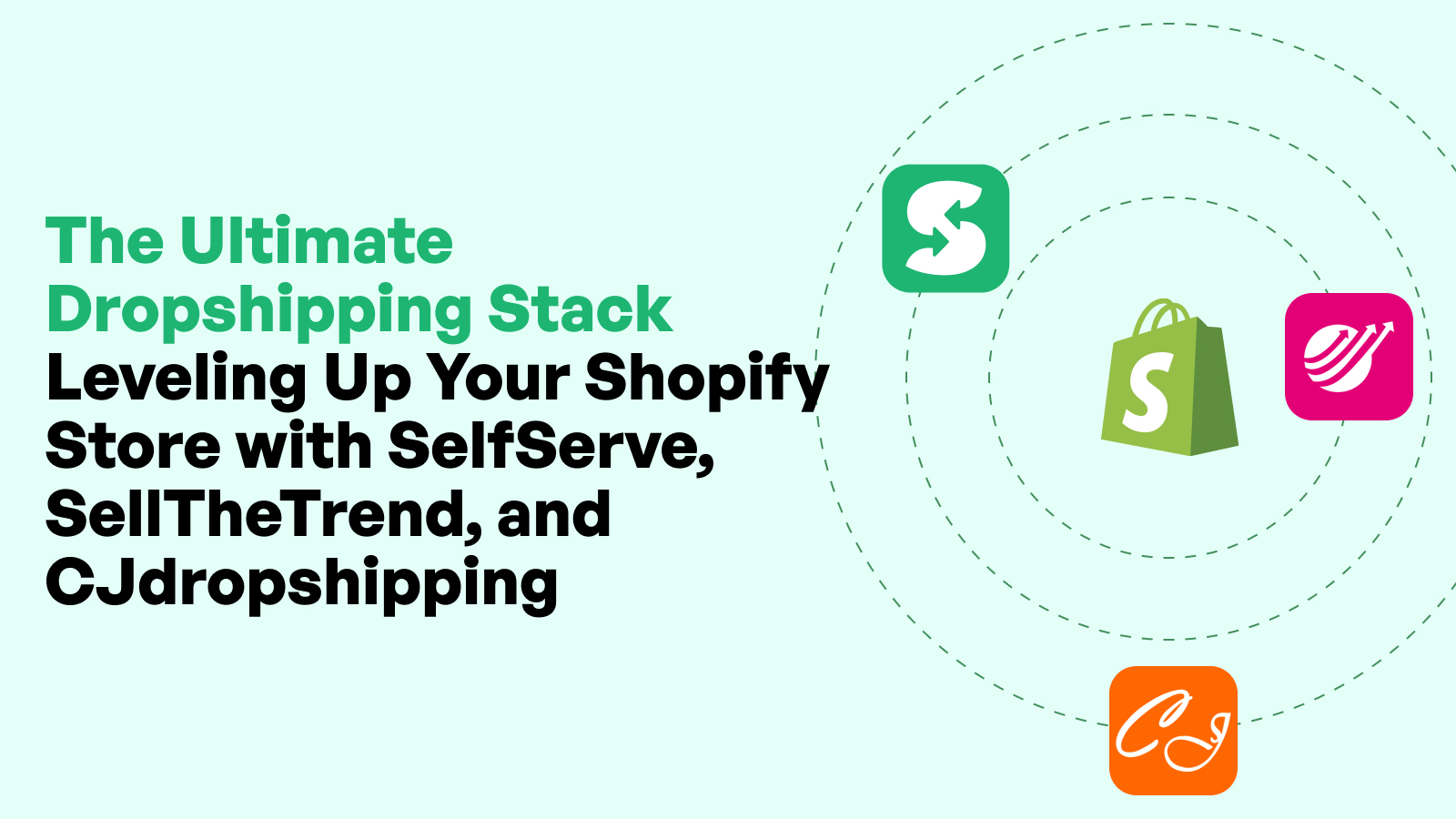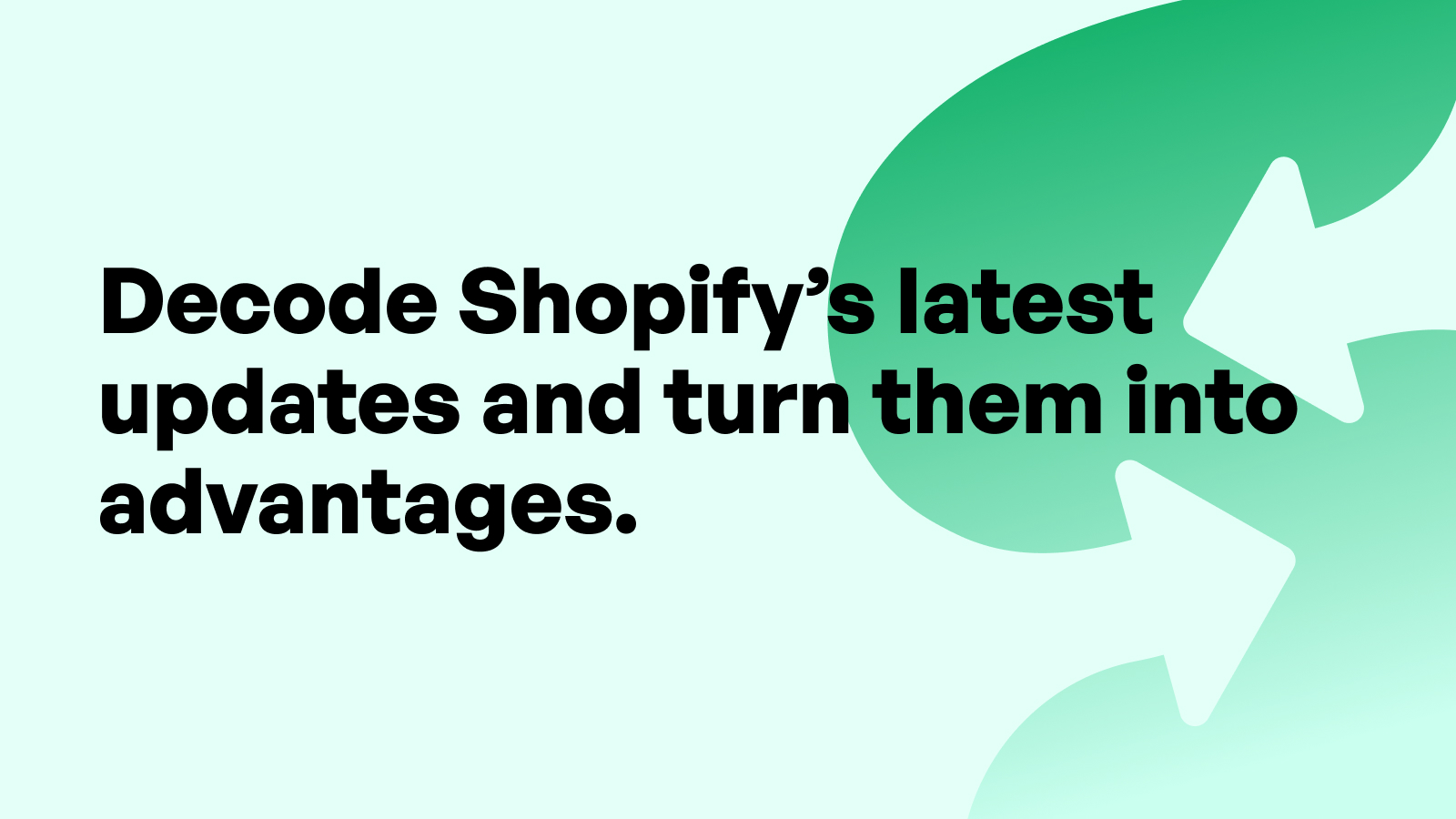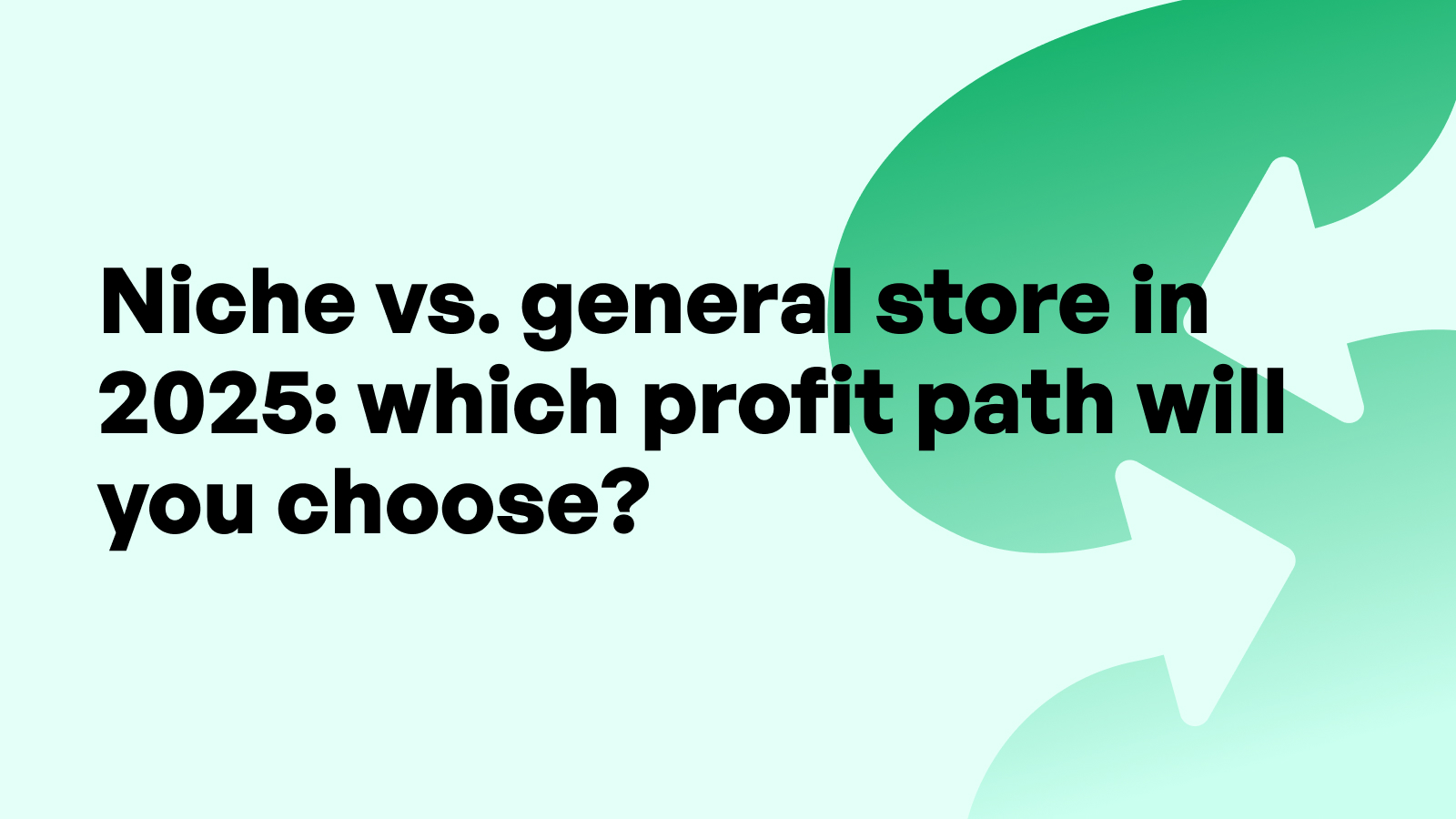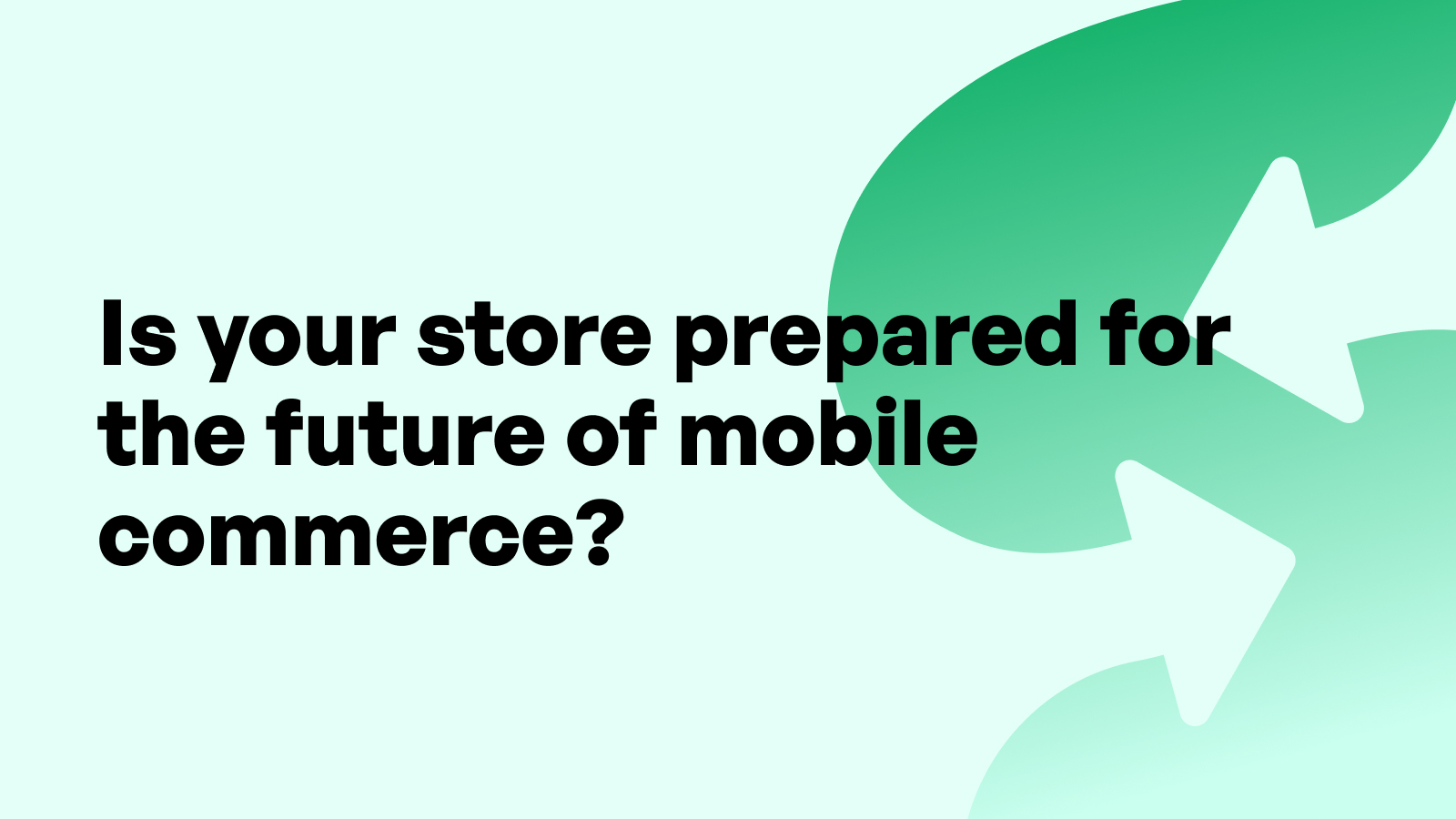A Complete Guide to Abandoned Cart Recovery for Shopify Stores
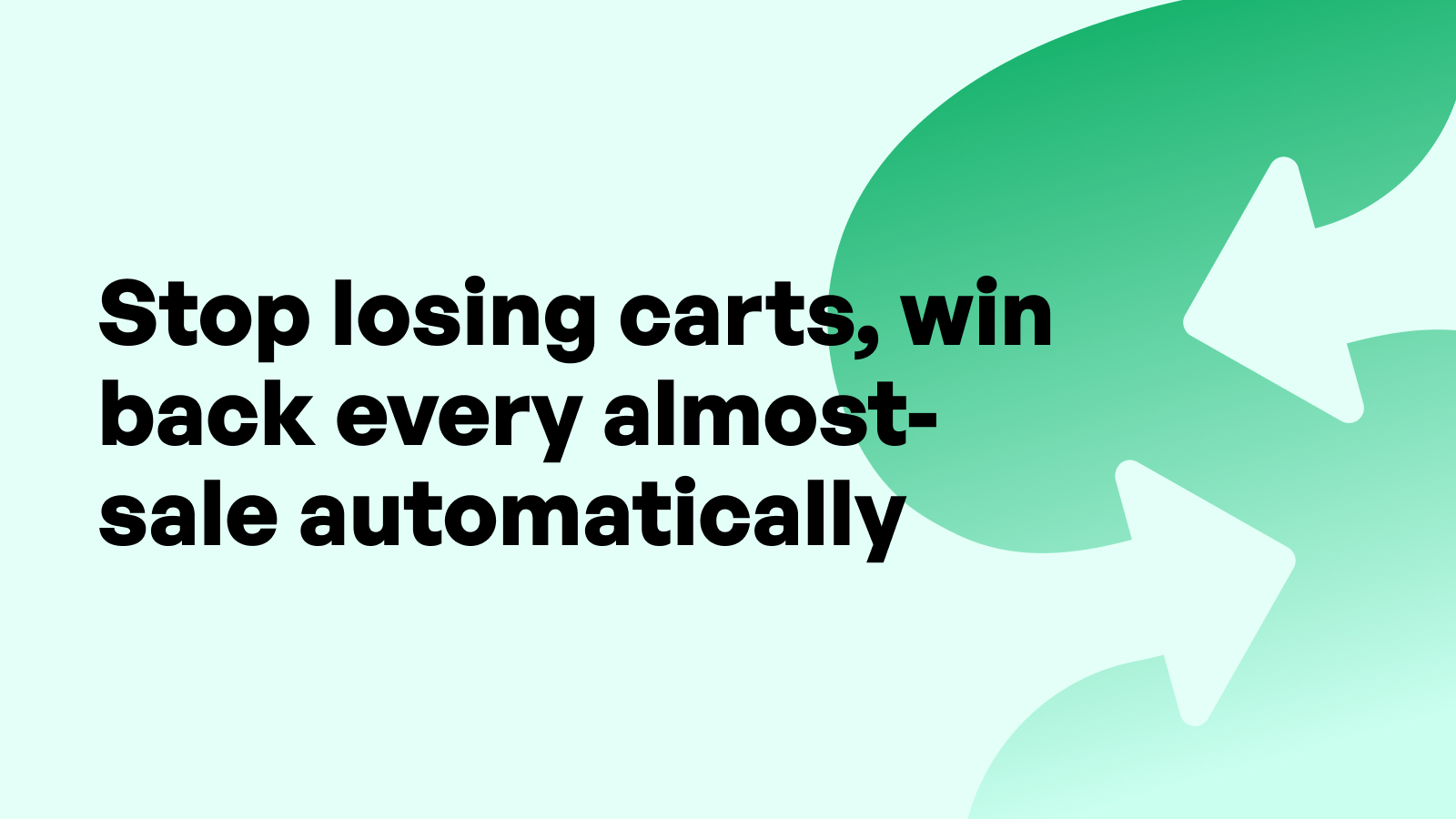
Introduction
Every Shopify merchant knows the sting of an abandoned cart. A visitor browses your store, adds products to their cart, heads toward checkout—and then vanishes. It’s one of the most common and costly challenges faced by eCommerce businesses today. But cart abandonment isn’t just a loss; it’s also a massive opportunity. By developing a smart, persistent, and customer-focused recovery strategy, Shopify merchants can reclaim revenue, win back hesitant shoppers, and increase lifetime value.
This complete guide is designed specifically for Shopify merchants. It offers a deep dive into the causes of cart abandonment, the data behind it, and how to craft an effective recovery strategy that uses emails, SMS, on-site optimization, and ethical automation. Whether you're just starting or already experimenting with recovery flows, this guide gives you the tools and framework to recover more carts and drive sustainable growth.
Understanding Cart Abandonment in Shopify
What Is Cart Abandonment?
Cart abandonment happens when a shopper adds items to their online cart but leaves the store without completing the purchase. In Shopify stores, this often occurs at the final stages of the customer journey. The cart is full, intent is high, but for some reason—hesitation, friction, distraction—the transaction is never completed.
It’s important to distinguish cart abandonment from browse abandonment. The former involves a deliberate action: adding to cart. This behavior indicates stronger buying intent, making abandoned cart shoppers valuable leads for recovery campaigns.
Why Shopify Stores Face High Cart Abandonment Rates
Shopify merchants operate in an ultra-competitive eCommerce environment. Shoppers compare prices, shipping fees, checkout speed, and trust signals across multiple sites. If your store doesn’t offer a seamless experience or communicates value clearly, it’s easy to lose a sale.
Mobile shopping adds another layer of complexity. Taps and scrolls on smaller screens make it easier for users to get distracted or frustrated. Shopify merchants must account for these dynamics when analyzing their abandonment metrics.
Additionally, some users treat the cart like a wishlist. They may add items simply to calculate shipping or compare options later. Understanding this behavior helps merchants tailor retargeting messages more effectively.
The Financial Impact of Lost Carts
Abandoned carts represent an estimated $4 trillion in lost eCommerce revenue annually, according to Baymard Institute. For Shopify merchants, even a modest recovery rate can lead to substantial gains. Recovering just 10–20% of lost carts could add thousands in monthly revenue.
These are not cold leads. Abandoners are warm, engaged users. They’ve shown purchase intent and interacted with your products. When you recover even a small portion, the ROI is often much higher than with traditional acquisition campaigns.
Key Reasons Behind Abandoned Carts
Unexpected Costs and Shipping Fees
One of the top reasons shoppers abandon carts is being surprised at checkout by high shipping costs, taxes, or additional fees. Transparency is key. Shopify merchants should display all potential charges as early as possible. Including shipping calculators and clear pricing tables can reduce friction and increase trust.
Shoppers are more likely to abandon carts when the final cost exceeds their expectations. If you offer free shipping thresholds, make sure these are clearly displayed throughout the shopping journey.
Complex or Long Checkout Processes
Checkout complexity kills conversions. The more steps, fields, or distractions between the cart and confirmation page, the more likely shoppers are to drop off. Shopify merchants should aim for a streamlined, mobile-friendly checkout experience.
Removing unnecessary form fields, auto-filling data, and minimizing page transitions all contribute to faster, smoother checkouts. Your checkout flow should feel like a natural extension of the shopping experience, not a barrier to completing it.
Lack of Trust or Security Concerns
Trust is crucial. If a shopper isn’t confident that their payment will be processed securely—or if your store lacks basic trust signals—they’re unlikely to proceed. Shopify merchants can address this by displaying secure checkout badges, customer reviews, and trust icons.
Make sure your site uses HTTPS, and that your return policy and contact information are easy to find. A transparent, trustworthy storefront keeps users engaged and willing to finalize their purchase.
Limited Payment or Delivery Options
Every customer has preferences when it comes to payments and shipping. If your store only supports a limited range of options, shoppers may leave to find a competitor that offers their preferred method. Shopify merchants should offer multiple payment gateways and flexible delivery or pickup options to reduce this friction.
No Guest Checkout Option
Forcing account creation at checkout is a major turnoff for first-time visitors. While collecting customer data is important, requiring an account can add unnecessary friction. Guest checkout allows shoppers to move quickly through the process. Shopify merchants can always follow up post-purchase to invite them to create an account.
Mobile Device User Frustrations
Small touchscreens and slower mobile networks make mobile checkout particularly sensitive to performance issues. Long load times, awkward forms, and clunky navigation lead to frustration and exit. Shopify merchants must prioritize responsive design, tap-friendly buttons, and simplified forms for all mobile users.
Measuring and Tracking Cart Abandonment
How to Calculate Cart Abandonment Rate
Understanding your cart abandonment rate is the first step to recovery. The standard formula is: 1 - (Completed Transactions / Total Carts Created) x 100. This metric gives Shopify merchants a clear view of how many shoppers are dropping off before purchasing.
Tracking this over time reveals trends that can guide optimization. A sudden spike might indicate a technical issue, while a steady high rate might point to usability or trust concerns. Shopify’s built-in analytics and third-party tools provide this data natively.
Shopify Analytics and Tracking Tools
Within the Shopify dashboard, merchants can access performance metrics related to checkout behavior. These include initiated checkouts, sessions with add-to-cart actions, and completed purchases. Monitoring these helps pinpoint where users are exiting.
In addition, Shopify merchants should regularly review Google Analytics behavior flow to see which pages precede drop-offs. This visual journey can highlight opportunities for improvement in product descriptions, pricing clarity, or UX.
Key Metrics to Monitor
Beyond cart abandonment rate, Shopify merchants should track:
- Recovery rate: % of abandoned carts that convert through recovery campaigns
- Email open and click-through rates
- Revenue recovered from abandoned carts
- Time-to-recovery: How quickly shoppers return and purchase
These insights help merchants optimize timing, channels, and messaging for greater ROI.
Building an Effective Cart Recovery Strategy
Timing and Psychology of Recovery
Timing is everything. The moment after abandonment is when intent is highest. Shopify merchants should aim to initiate recovery messaging within 1–3 hours post-abandonment. Waiting too long reduces conversion probability.
Understanding why customers abandon their carts helps tailor messages. For instance, if the user dropped off at shipping, a message clarifying delivery options might be effective. Segmenting based on behavior creates more relevant, impactful recovery flows.
Personalized Customer Retargeting
Generic recovery messages don’t convert. Personalization is essential. Addressing the customer by name, showing product images from their cart, and referencing cart value increases engagement.
Shopify merchants can use personalized product suggestions or even location-based offers to enhance recovery effectiveness. Dynamic content based on user behavior creates relevance that drives action.
Email vs SMS vs Push Notifications
Each channel has its strengths. Email is versatile, allows for rich content, and suits longer recovery sequences. SMS delivers immediacy and high open rates but requires brevity and consent. Push notifications offer real-time engagement but are best suited for mobile-first shoppers.
Smart Shopify merchants use a blend of all three, sequencing them for maximum impact. A recovery email within an hour, followed by an SMS 24 hours later, can create a powerful multi-channel touchpoint.
Crafting the Perfect Cart Recovery Email Campaign
The Ideal Email Sequence (Timing & Frequency)
The best-performing recovery campaigns use a series of 2–4 emails spaced over 48–72 hours. The first email should arrive within one hour, reminding the shopper of their cart. The second might introduce urgency or social proof. A final email could offer a limited incentive.
Shopify merchants must balance persistence with restraint. Too many emails too fast feels spammy. Too few and you risk being forgotten.
Writing Compelling Subject Lines
Subject lines determine whether your email gets opened. They should be personalized, concise, and spark curiosity. Examples include “Did you forget something?” or “Still thinking it over?” Using the customer’s name or cart items increases open rates.
Shopify merchants should regularly A/B test subject lines to discover what resonates with their audience.
Personalization and Dynamic Content
Including abandoned cart items directly in the email keeps the message relevant. Shopify merchants can also use dynamic pricing, customer names, and localized language to increase engagement.
Dynamic sections might include related products, customer reviews of abandoned items, or recently viewed alternatives to encourage return.
Designing Mobile-Optimized Emails
Most emails are read on smartphones. Shopify merchants should design emails with large fonts, clear CTA buttons, and fast-loading images. Avoid clutter and ensure that all key information appears “above the fold” on mobile.
A/B Testing for Performance Improvement
Split testing subject lines, CTA buttons, and content blocks helps merchants continuously improve campaign performance. Testing one variable at a time provides clarity on what’s working.
Even small improvements in open rate or click-through can have significant revenue impact over time.
Using SMS for Abandoned Cart Recovery
SMS Timing Best Practices
SMS messages should be timely but non-intrusive. Shopify merchants should send their first SMS within an hour of abandonment, then follow up after 24 hours if no action is taken. Avoid late-night messaging to respect customer preferences.
The key is context. If the customer nearly completed a high-value purchase, a short message reminding them of the product and offering help can make a big impact. Timing should always align with time zones and behavioral triggers.
Crafting Short, High-Impact Messages
Character count is limited in SMS, so messages must be clear, direct, and personalized. Use the customer’s name, product reference, and a strong call to action. For example, “Hi Jenna, your cart’s waiting! Complete your order for the [Product Name] now before it sells out: [link].”
Adding urgency or reminders of benefits (e.g., free shipping or easy returns) also increases conversions. Shopify merchants should link directly to the saved cart page to reduce friction.
Opt-In and Compliance Considerations
Compliance is essential when using SMS. Shopify merchants must obtain clear opt-in consent before sending promotional texts. Include opt-out instructions and respect preferences. Following TCPA, GDPR, and CAN-SPAM ensures not only legality but also builds trust.
Push Notifications for Real-Time Engagement
Browser and Mobile Push Basics
Push notifications are brief messages that appear in browsers or mobile devices even when the user isn't on the website. Shopify merchants can use them to remind users about abandoned carts in real-time.
Push is highly effective for re-engaging users who have enabled notifications, especially on desktop or Android. It’s instant, direct, and doesn’t rely on email opens.
Benefits Over Email or SMS
Push notifications boast high visibility and instant delivery. They’re permission-based and often reach users in moments when they’re active online. For Shopify merchants, this offers a cost-effective way to reach customers who may ignore emails or unsubscribe from SMS.
Setup and Targeting Strategies
Shopify themes can support push integrations that allow merchants to segment audiences based on behavior, cart value, or product interest. Timing is key—send within 15–30 minutes post-abandonment for best results.
On-Site Cart Recovery Techniques
Exit-Intent Popups and Smart Reminders
When a user moves to close a tab or navigate away, Shopify merchants can use exit-intent popups to capture attention. These popups can remind customers about what’s in their cart, offer a time-limited incentive, or ask for an email to send a recovery link.
Smart reminders, such as persistent cart messages or dynamic banners, help keep abandonment top of mind during browsing sessions.
Persistent Cart Across Devices
Modern shoppers move between devices. A cart started on mobile may be completed on desktop, or vice versa. Shopify merchants should enable persistent carts, so users can access the same cart regardless of device or session.
This improves user experience and reduces drop-off caused by lost session data.
One-Click Checkout and Autofill Options
Reducing steps in the checkout process dramatically improves conversions. One-click checkout simplifies the buying journey, especially for repeat customers. Autofill options for returning users further streamline the experience.
Incentives and Offers: When and How to Use Them
Discounts vs Free Shipping
Incentives can be powerful, but Shopify merchants must use them strategically. Discounts appeal to price-sensitive shoppers, while free shipping addresses one of the top reasons for cart abandonment.
Merchants should test which works best for their audience. Sometimes, offering both can lead to margin erosion without a corresponding increase in conversions.
Urgency, Scarcity, and FOMO Tactics
Time-limited offers, low stock alerts, or “only 3 left in stock” messages add urgency. Fear of missing out (FOMO) can nudge hesitant shoppers into completing their purchase. These tactics should be used honestly and not manipulate the customer, but when done well, they significantly improve cart recovery rates.
Loyalty Points or Gift Incentives
Offering loyalty points for completing a purchase or a free gift can motivate users who are on the fence. Shopify merchants looking to boost long-term retention may find these tactics more sustainable than ongoing discounting.
Checkout Optimization to Prevent Abandonment
Streamlining Checkout Steps
Every extra field or step in checkout is a chance to lose the sale. Shopify merchants should aim to keep the checkout process clean and minimal. Defaulting to a single-page checkout, pre-filling customer data, and removing distractions can make a significant difference.
Mobile Checkout UX Enhancements
Mobile shoppers are often multitasking. Fast, intuitive checkout on small screens is essential. Shopify merchants should use large buttons, minimize scrolling, and reduce the number of required inputs to improve the mobile experience.
Offering Guest Checkout and Multiple Payment Methods
Customers expect choice. Offering PayPal, credit/debit, digital wallets, and buy-now-pay-later options caters to different preferences. Likewise, enabling guest checkout ensures that new visitors can purchase without the friction of creating an account.
Enhancing Experience with Self Serve Shopify App
To take checkout optimization even further, Shopify merchants can consider using the Self Serve Shopify App. This tool enables automated post-purchase flows and intuitive checkout journeys that reduce friction and improve satisfaction.
By automating confirmations, enabling customer-managed orders, and allowing quick modifications, this app creates a more customer-centric experience while saving time for merchants.
(Last batch coming up: segmentation, ads, automation, legal compliance, final thoughts, and FAQs.)
Segmenting Abandoners for Better Results
New Visitors vs Returning Customers
Not all abandoners are the same. Shopify merchants who segment their recovery campaigns see better results. New visitors might need more brand assurance or incentives to complete their purchase, while returning customers may respond better to loyalty messages or account perks.
Understanding where the user is in the buyer journey allows for more relevant, personalized follow-ups.
High-Intent Shoppers vs Window Shoppers
Cart value and engagement behavior can signal buying intent. High-value carts or users who viewed shipping pages are more likely to convert with a reminder. Shopify merchants should prioritize these leads with stronger, more immediate recovery efforts.
Window shoppers, by contrast, may need nurturing campaigns that build familiarity over time.
Behavior-Based Triggering Rules
Using customer behavior as a trigger allows for automated, highly relevant recovery sequences. For example, a shopper who abandons a cart after viewing the return policy may respond to a reassurance email. Shopify merchants can build flows that react to these micro-signals for smarter targeting.
Integrating Retargeting with Meta and Google Ads
Creating Custom Audiences from Shopify
Shopify’s integrations allow merchants to sync audiences with platforms like Meta and Google. Abandoners can be retargeted with tailored ads that reinforce product interest and bring them back.
This omnichannel approach increases visibility and keeps your brand top-of-mind.
Ad Copy and Creative Strategies
Effective retargeting ads mirror the shopper’s cart contents or related items. Copy should focus on reminding users what they left behind and why they wanted it. Social proof, urgency, or a gentle nudge (“Still interested?”) work well.
Shopify merchants should also test creatives optimized for mobile and stories formats to expand reach.
Budgeting and ROI Tracking
Allocate budget proportionally to cart value and audience size. Track cost-per-recovery and return on ad spend (ROAS) to ensure profitability. Recovery campaigns often deliver a better ROI than prospecting, especially when powered by accurate Shopify data.
Leveraging Automation and Workflows
Shopify Flow and Built-In Tools
Automation is a game changer. Shopify Flow allows merchants to create workflows that trigger based on cart events. These flows reduce manual effort and ensure timely communication.
Recovery automations might include sending emails, updating CRM tags, or triggering internal alerts for high-value abandonments.
Trigger-Based Recovery Campaigns
Set up multi-step sequences that respond to specific behaviors. A cart-abandoned trigger might launch an email, followed by a time-based SMS, and then a dynamic push notification. Shopify merchants can fine-tune timing and frequency for optimal impact.
Integrating with CRM and Email Platforms
For merchants with growing lists, syncing Shopify data with CRM tools enables more granular targeting. Behavioral segmentation and lifecycle tracking unlock powerful automation that goes beyond simple recovery.
Legal and Ethical Considerations
Email and SMS Marketing Compliance
Respect for privacy is critical. Shopify merchants must ensure their abandoned cart messages comply with all applicable regulations. Include unsubscribe options, identify your brand clearly, and only message users who opted in.
Respecting User Consent and Preferences
Give customers control. Let them manage preferences and avoid messaging frequency that feels invasive. Trust is a long-term asset that’s too valuable to jeopardize.
GDPR and CAN-SPAM Best Practices
Follow GDPR for European shoppers and CAN-SPAM for U.S. audiences. Always include your physical business address, use real sender names, and provide easy opt-out options.
Measuring ROI and Continuous Optimization
KPIs for Cart Recovery Performance
Shopify merchants should track recovery rate, revenue recovered, open and click rates, and unsubscribes. High recovery but high churn may indicate overly aggressive tactics.
Analyzing Open Rates, CTR, and Conversion
Reviewing performance per channel helps merchants identify weak links. Low open rates suggest subject line issues; low clicks may signal content misalignment.
Iterative Testing and Long-Term Strategy
No recovery plan is perfect out of the gate. Continual testing and iteration improve results. Adjust incentives, timing, and messaging based on real customer data and performance trends.
Final Thoughts: Turning Abandonment Into Opportunity
Cart abandonment will never disappear entirely, but it can be transformed from a loss into an opportunity. For Shopify merchants, every unpurchased cart represents a shopper who was interested enough to start the journey. The right recovery strategy turns hesitation into conversion.
By understanding customer behavior, using personalized messaging, optimizing checkout, and respecting consent, merchants can build recovery systems that deliver real ROI. The process is part marketing, part UX, and part psychology. When done well, it doesn't just recover lost sales—it builds trust and loyalty that pays off long-term.
5 SEO FAQs About Shopify Cart Abandonment Recovery
What’s a good cart recovery rate for Shopify?
Most Shopify merchants aim for a 10–20% recovery rate. With optimization, some stores reach 30% or higher.
How soon should I follow up after a cart is abandoned?
The first recovery message should be sent within 1 hour. Follow-ups can be spaced at 24 and 48 hours.
Are SMS or emails more effective for cart recovery?
Both work well, but SMS has higher open rates. Combining both often leads to the best results.
Can I recover carts without offering discounts?
Yes. Personalization, urgency, and clear messaging can recover carts without discounting.
What legal rules must I follow when sending recovery messages?
You must have user consent, provide opt-outs, and follow GDPR or CAN-SPAM rules depending on location.

